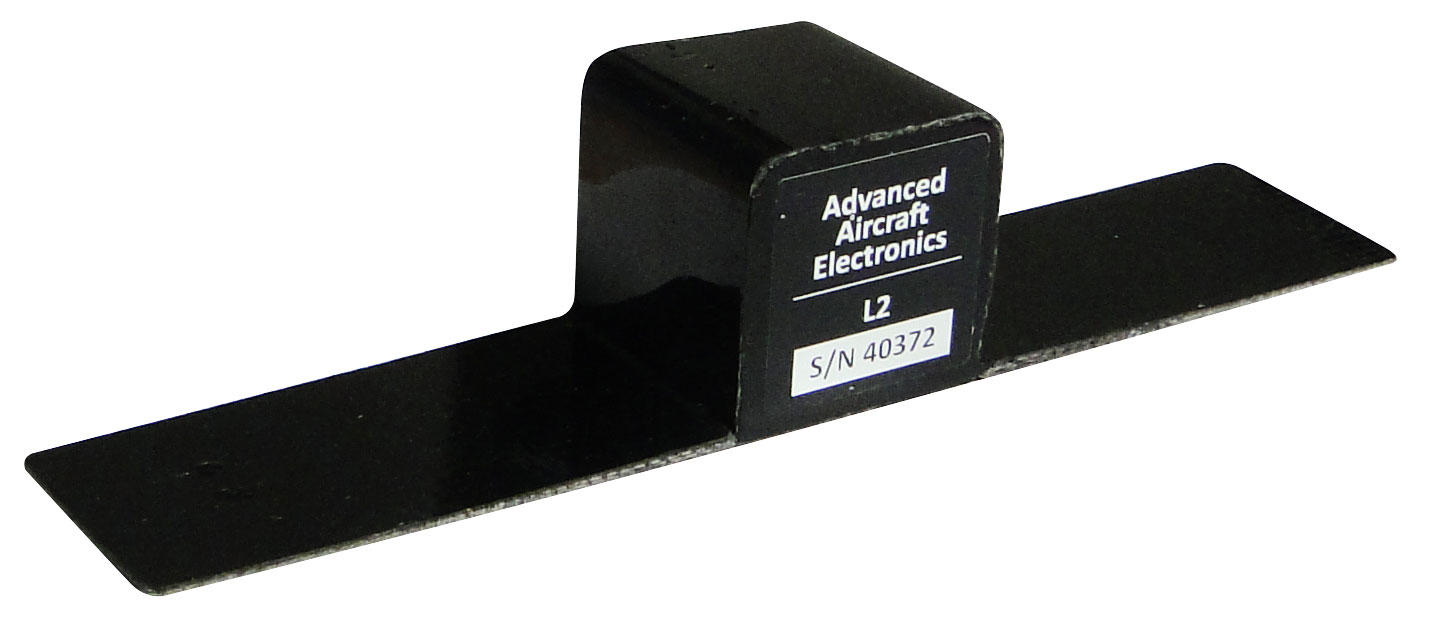MileHighCTLS
New Member
BACKGROUND: Twin Skyview installation with Dynon transponder on a Flight Design CTLS.
I posted before ... thought I had it solved ... but last night ... more problems.
I started with my Transponder getting its two-year IFR certification. Suddenly, a few weeks after that, towers kept telling me my transponder is weak or intermittent. This went on for months. Some days it worked flawlessly, other days not. By the way, whenever controllers say transponder is not working, the Skyview would show a green "transponder on"(no X). However, on the map display, it would say "No TIS" (trafic).
Mind you, everything checked out for certification (in my hangar). And I checked all connections. So, in an effort to fix it, I installed a very large ground plane (see photo). After that everything worked for more than a month! Then, once again, the screen showed "No TIS" and controllers told me my transponder was intermittent!
I am going crazy! Any ideas? Has this ever happened to anyone else? And why does it show "No TIS" whenever transponder is not working, yet the transponder shows "On and working" on the main PDF?

I posted before ... thought I had it solved ... but last night ... more problems.
I started with my Transponder getting its two-year IFR certification. Suddenly, a few weeks after that, towers kept telling me my transponder is weak or intermittent. This went on for months. Some days it worked flawlessly, other days not. By the way, whenever controllers say transponder is not working, the Skyview would show a green "transponder on"(no X). However, on the map display, it would say "No TIS" (trafic).
Mind you, everything checked out for certification (in my hangar). And I checked all connections. So, in an effort to fix it, I installed a very large ground plane (see photo). After that everything worked for more than a month! Then, once again, the screen showed "No TIS" and controllers told me my transponder was intermittent!
I am going crazy! Any ideas? Has this ever happened to anyone else? And why does it show "No TIS" whenever transponder is not working, yet the transponder shows "On and working" on the main PDF?

